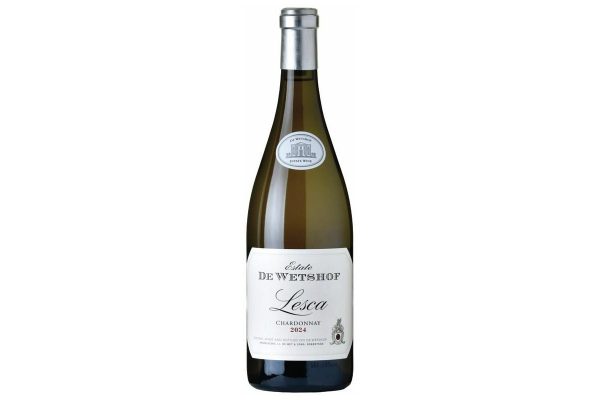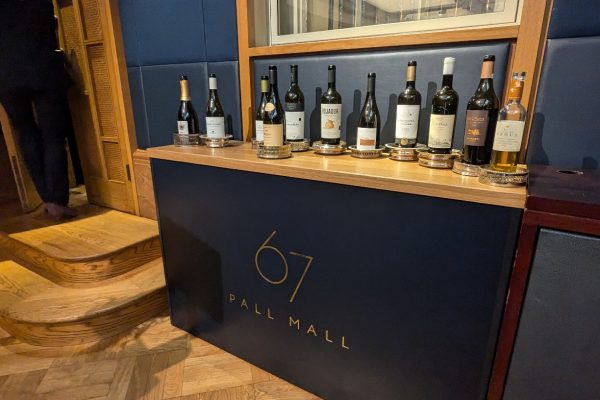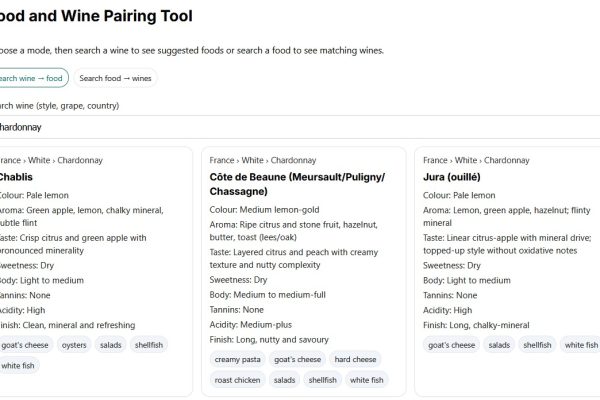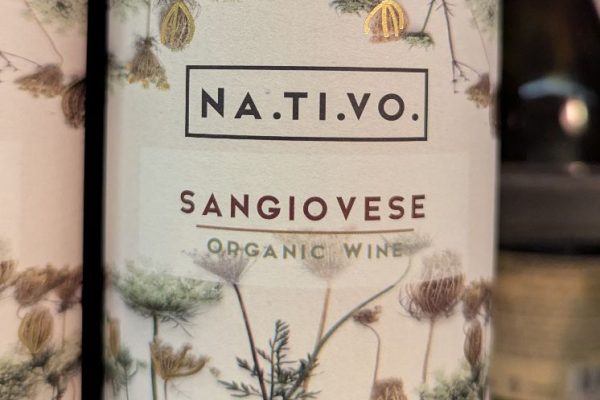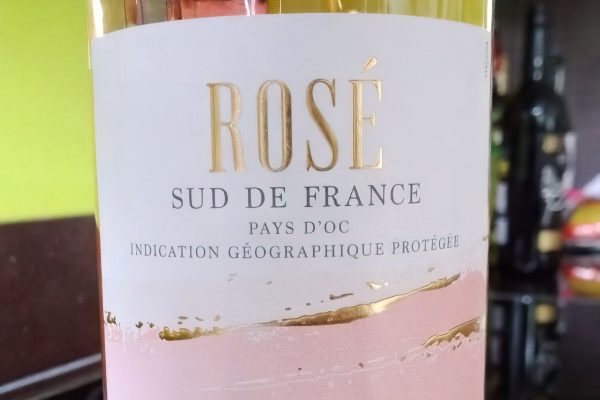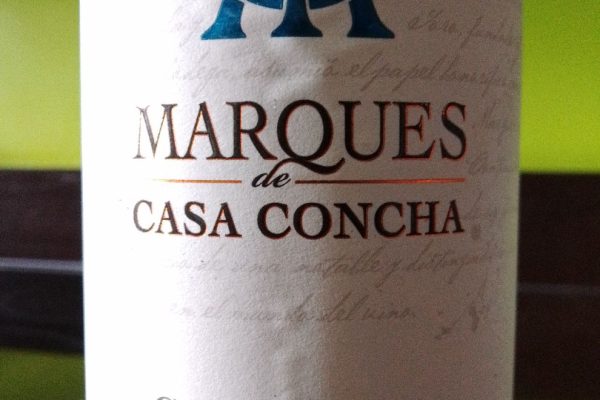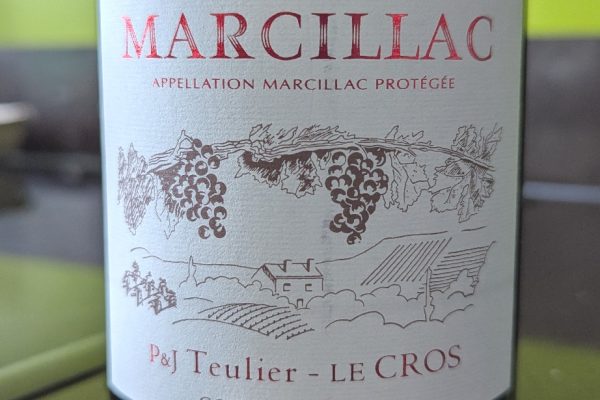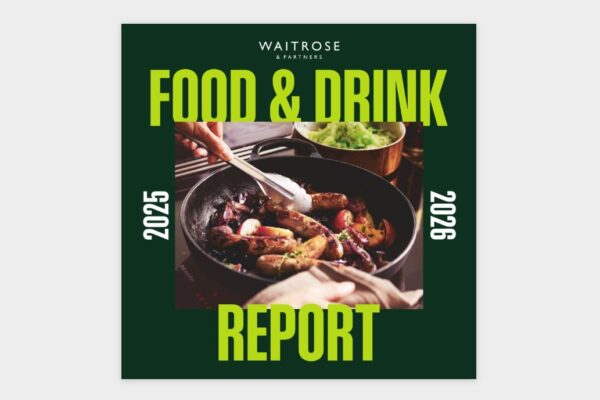New research Understanding the tasting of champagne and other sparkling wines from a scientific perspective provides a comprehensive exploration of the processes involved in the tasting of champagne and other sparkling wines. The study looks into the dynamics from the moment the bottle is uncorked to the bursting of bubbles in the glass, emphasising the interaction of various parameters that contribute to the overall tasting experience. It also provides some dazzling images.
The process begins with the uncorking of the bottle, where high-speed imaging shows the complex fluid dynamics and shock structures involved. This step is crucial as it sets the stage for the release and behaviour of dissolved CO2.
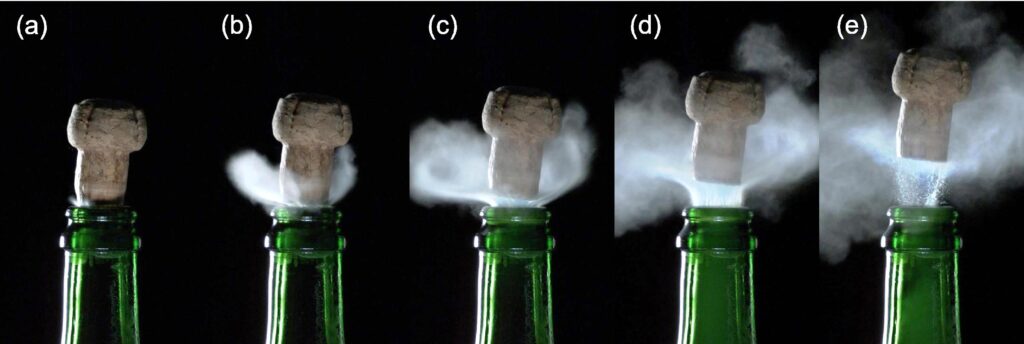

Pouring the wine into a glass significantly affects the level of dissolved CO2, which in turn influences the effervescence and sensory experience. Gentle pouring techniques, such as tilting the glass, help preserve more dissolved CO2 compared to pouring directly into the centre. This preservation of CO2 is essential for maintaining the effervescence that characterises sparkling wines.
Bubble nucleation, essential for the characteristic fizz, requires pre-existing gas cavities either naturally occurring or artificially created through laser-etched glasses. These bubbles grow and rise due to buoyancy, enhancing the release of both CO2 and aromatic compounds. The dynamics of bubble formation, growth and ascent are influenced by factors such as glass shape, wine temperature and ambient pressure.

The shape of the glass plays a pivotal role in the tasting experience. Narrow flutes funnel gaseous CO2 and aromas more effectively, while broader coupes dilute them. Modern tulip-shaped glasses are found to retain gaseous CO2 more efficiently, providing a better sensory experience.
Ascending bubbles not only contribute to the visual appeal but also drive fluid dynamics within the glass. These dynamics help in the continuous release of aromatic compounds, enhancing the wine’s bouquet. Bursting bubbles further amplify this effect by producing aerosols rich in volatile organic compounds, significantly contributing to the aroma profile experienced by the taster.




